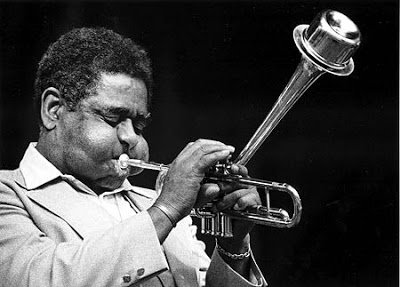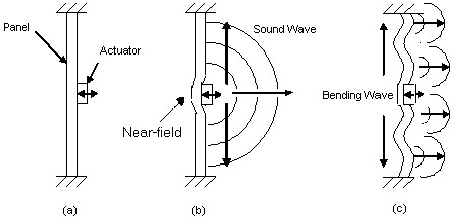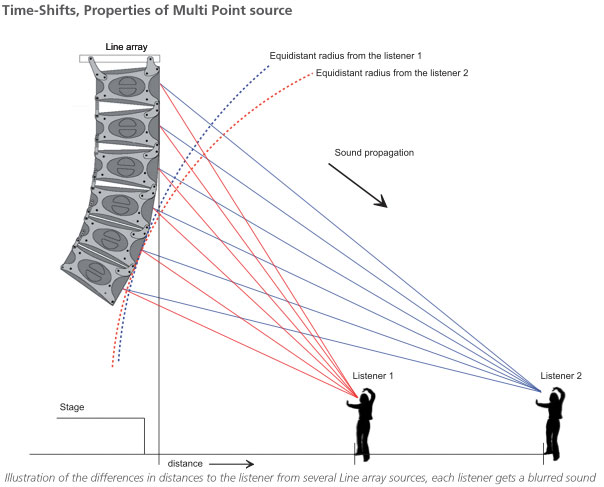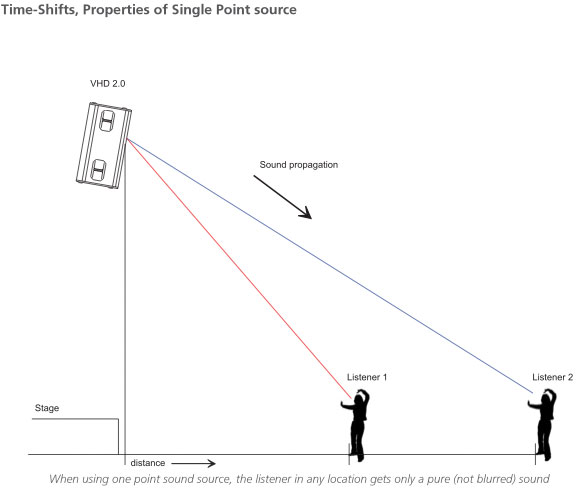Imo loudspeaker dispersion is a really big topic so I'm only going scratch the surface, and take what I say as just one biased person's opinion. I will be making some simplifying assumptions for the sake of brevity.
The dispersion pattern tells us how much energy is going out into the reverberant field in the room, relative to the direct sound. Too little and the music is dry and uninvolving; too much and clarity can suffer... but it's a bit more complicated than that.
I tend to look to a good recital hall for guidance when it comes to loudspeaker/room interaction. In general a good seat near the front-center of a recital hall gives you a strong direct sound, then a time gap before the first sidewall reflections start to arrive, then a LOT of spectrally correct reflections coming in, particularly from the side walls.
Imo the most important characteristic the reverberant field should have is, it should be spectrally correct. That is, it should sound very much like the direct sound, which is generally how natural sounds behave.
The dispersion pattern + room & setup determine how much reverberant energy we get at the listening position relative to the direct sound, how long it takes to arrive, and what directions it arrives from. In my OPINION the ideal would be: A fairly long time delay between the direct sound and the onset of reflections; those reflections arriving from all around but especially from the side walls; and plenty of reverberant energy which dies away fairly uniformly and neither too quickly nor too slowly.
(I take a controversial position regarding early sidewall reflections - I believe they are generally overall undesirable, though they do have desirable aspects. I can go into detail if anyone would like.)
In hopes of neither overgeneralizing or nor overwhelming, let's take a quick look at five types of radiation patterns. The general rule of dispersion is, the wider the radiating surface at a given frequency, the narrower the dispersion at that frequency (bending wave drivers and curved panels being an exceptions).
1. Generic two-way. The typical 6" two way's radiation pattern has an off-axis glitch in the crossover region, maybe 2.5 kHz ballpark. The midwoofer's pattern has narrowed to about 90 degrees in this region (-6 dB at 45 degrees off-axis to either side), but the tweeter's pattern is usually 180 degrees, and would be even wider without the baffle. So we have a relative excess of off-axis energy at the bottom end of the tweeter's range, say 2.5 kHz to maybe 5 kHz. Right smack in the middle of this octave is where the ear is most sensitive, so this excess off-axis energy can cause harshness and/or listening fatigue. One way to mitigate this problem is to introduce an offsetting dip at the bottom end of the tweeter's response, so that the average of the direct sound + the reverberant sound is about right. But we still have a spectral discrepancy between the direct and reflected sound.
2. Wide pattern. Most high-end home audio speakers can be described as "wide pattern". The specifics vary of course, but in general they put out a lot of beneficial off-axis energy, which we can make use of. Because they tend to interact with the side walls a lot, wide-pattern speakers generally benefit quite a bit from professional room treatment. Good box speakers arguably offer the best combination of box size and bass extension, so they usually have other things going for them as well.
3. Omni Pattern. Omnis excel at getting the spectral balance of the reverberant field correct, so they tend to convey very rich timbre. They typically sound best when placed fairly far from the walls, as this allows the ear to distinguish the direct sound from the reverberant sound. Room acoustics play a big role with omnis... too much absorption of the highs and they can sound lifeless.
4. Horns. Horns are at the opposite end of the spectrum from omnis, as their dispersion patterns are typically the most narrow. Thus their direct-to-reverberant sound ratios tend to be quite high, which (in the better examples) enhances immediacy and vividness, at the expense of envelopment and immersion. They are less sensitive to room acoustics than others because their narrower patterns don't interact with the room as strongly.
5. Polydirectional (including dipole) pattern. There is a great deal of variation among dipoles and polydirectionals, but let's take the Martin Logan CLS as an example. The radiation pattern is fairly narrow such that early sidewall interaction is avoided by sufficient toe-in, which imo is desirable. The backwave has exactly the same spectral content as the frontwave, which is also desirable, and that same toe-in angles the backwave towards the sides of the room somewhat. Now if we position them far enough out into the room, the backwave energy arrives after a nice long time delay.
As DaveC points out above, room acoustics and listener preference play major roles. So there really is no "best" dispersion pattern, though you probably picked up on my bias in favor of polydirectionals.
If anyone would like, I can go into the implications of dispersion on sweet spot width... some of which is intuitive, some of which is not.


























